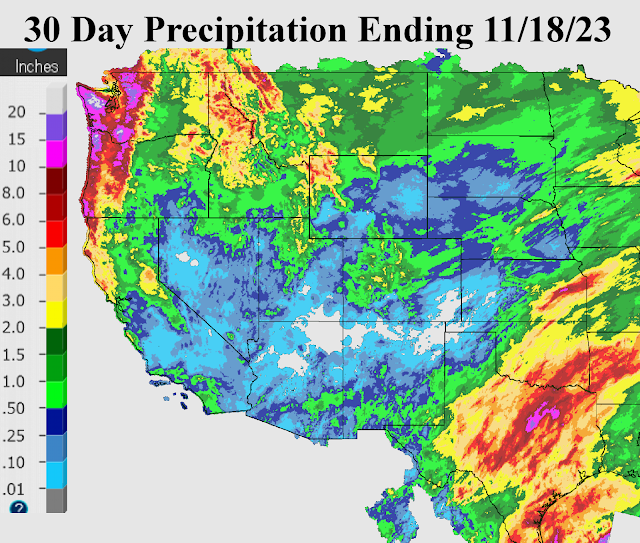This summer has been a blessing for just part of the high plains, while other surrounding locations did not benefit much from the favorable rainfall pattern. In fact, since May 20 many areas are hurting severely for some beneficial rains. Here is a look at rainfall and percent of normal rainfall...
In my weekly reports to subscribers of Hutton Weather Futures, I had been addressing the concerns going into the growing season about the dryness that was likely to develop during the summer.
However, what was somewhat unexpected is the couple of "wet" storm systems that brought very good rains (and to an extent excessive rain) to parts of the high plains. It seems that those that were above average were the "target" for many storms while the dry areas just couldn't catch a break.
The concern for much of the area going into fall planting later in September is the dryness that could expand. As of mid-August the trend was not looking good for September going into October. But, we are nearing the time of a pattern change. That is, as the northern hemisphere upper flow begins to strengthen due to the change in seasons, a new pattern will emerge (typically early October). There are already many "forecasts" for the fall and winter on the web and these tend to be based strictly on the existence of La Nina (that has yet to exist). I've shown many times that for the central U.S. that fall, and especially winter, have a wide range of outcomes in terms of temperatures and rainfall. Once this new pattern develops, customers of Hutton Weather Futures will have the first glimpse of what to expect this winter, and next spring and summer. Detailed forecast charts showing increased or decreased odds of precipitation and temperature trends will be made available.
Finally,
in last week’s report I mentioned data across the higher latitudes of north
America that “could” have a profound impact on the weather later this fall and
winter. Here is what I’m looking at…
Learn
more about the weekly weather outlooks and long-range forecasts that customers
of Hutton Weather Futures receive to help in planning purposes. http://huttonweatherfutures.com









